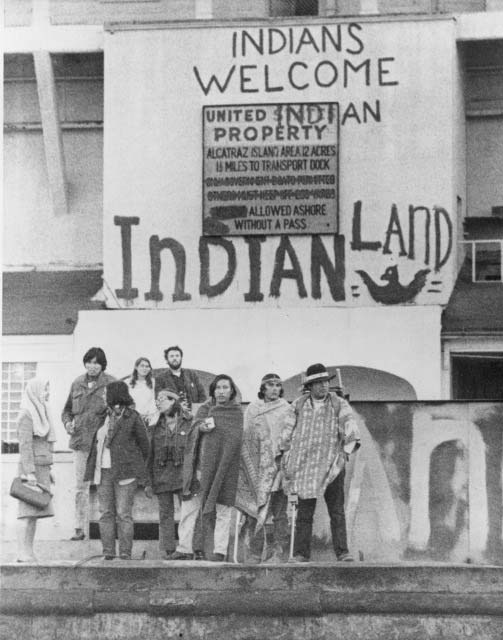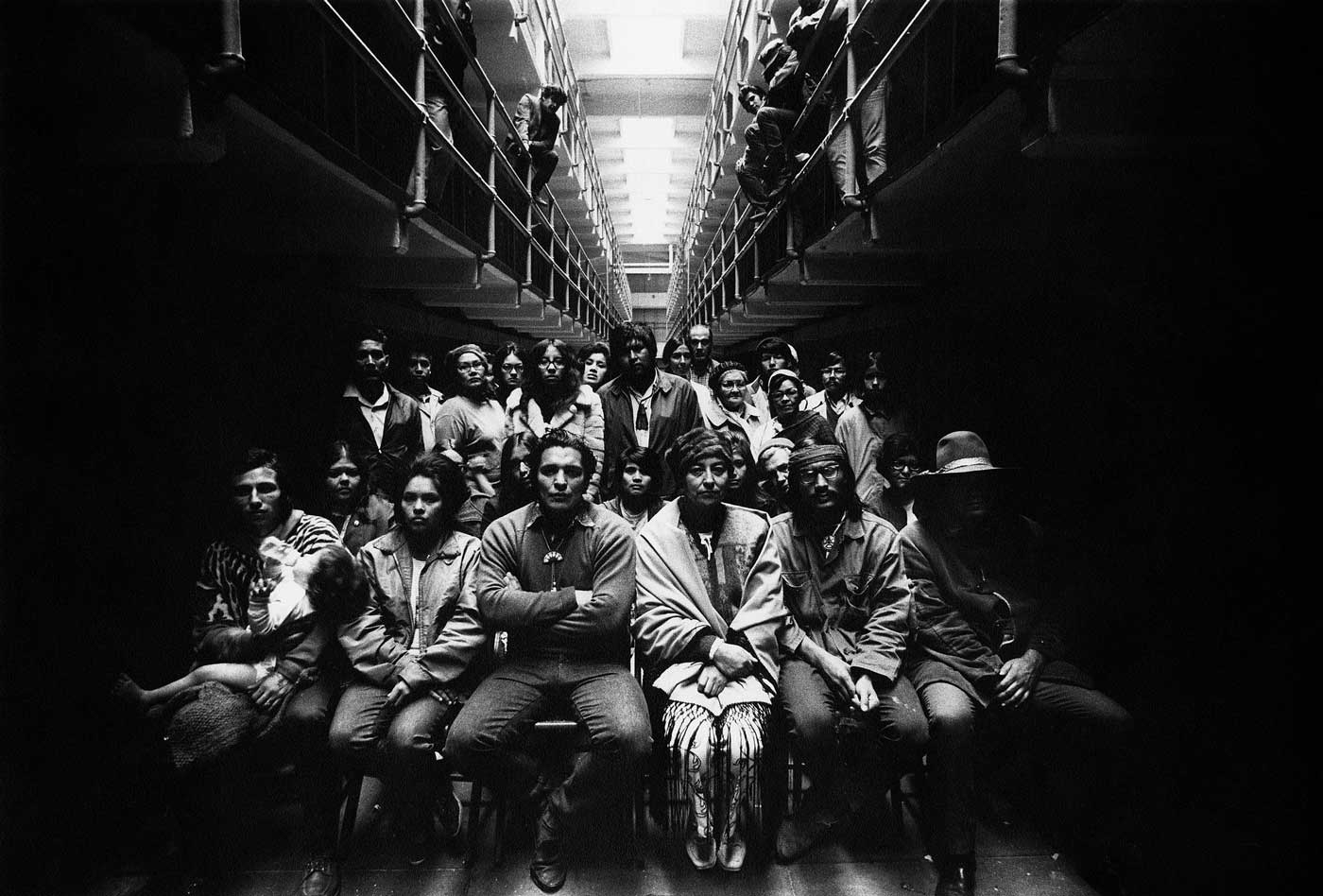The End of the Occupation and Its Lasting Impact
On January 3, 1970, the 13-year-old daughter of Annie Oakes, the wife of Richard Oakes, fell and was fatally injured. The Oakes family was devastated and decided to leave the island. Managing the occupation was left to others, but slowly the cohesiveness of the protest began to unwind.


Students left to return to their universities.
Non-Indians, some with drug issues, joined the thinning ranks of the occupiers.
Internal squabbling to replace Oakes as the leader of the occupation further factionalized the group and public support for the occupation waned.
Tiring of the occupation, the federal government cut off water and electricity to the island, worsening the living conditions for the 15 protesters on Alcatraz. On June 11, 1971, federal officials forcibly removed all of the remaining occupiers from the island ending the 19-month siege.


As a result of the occupation the Nixon administration began reformulating federal Indian policy in support of self-determination for Indian tribes.
Members of the American Indian Movement were emboldened by their observations of the tactics used by the protestors at Alcatraz. AIM would borrow some of the tactics and rhetoric from the occupation for use in their future protests.

More than 50 years after the takeover of Alcatraz,
the memory of the action remains a source of
pride among Native Americans.
